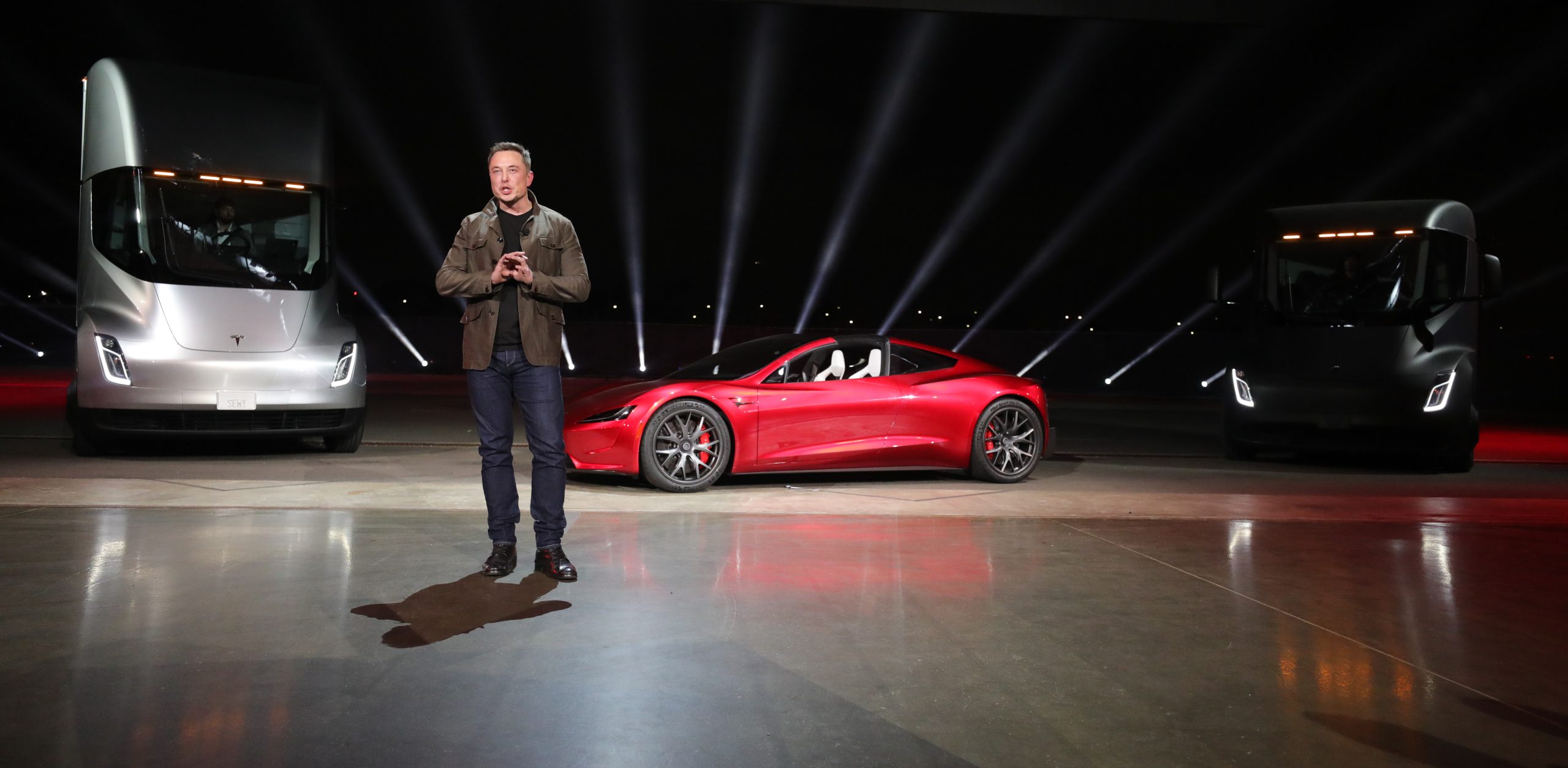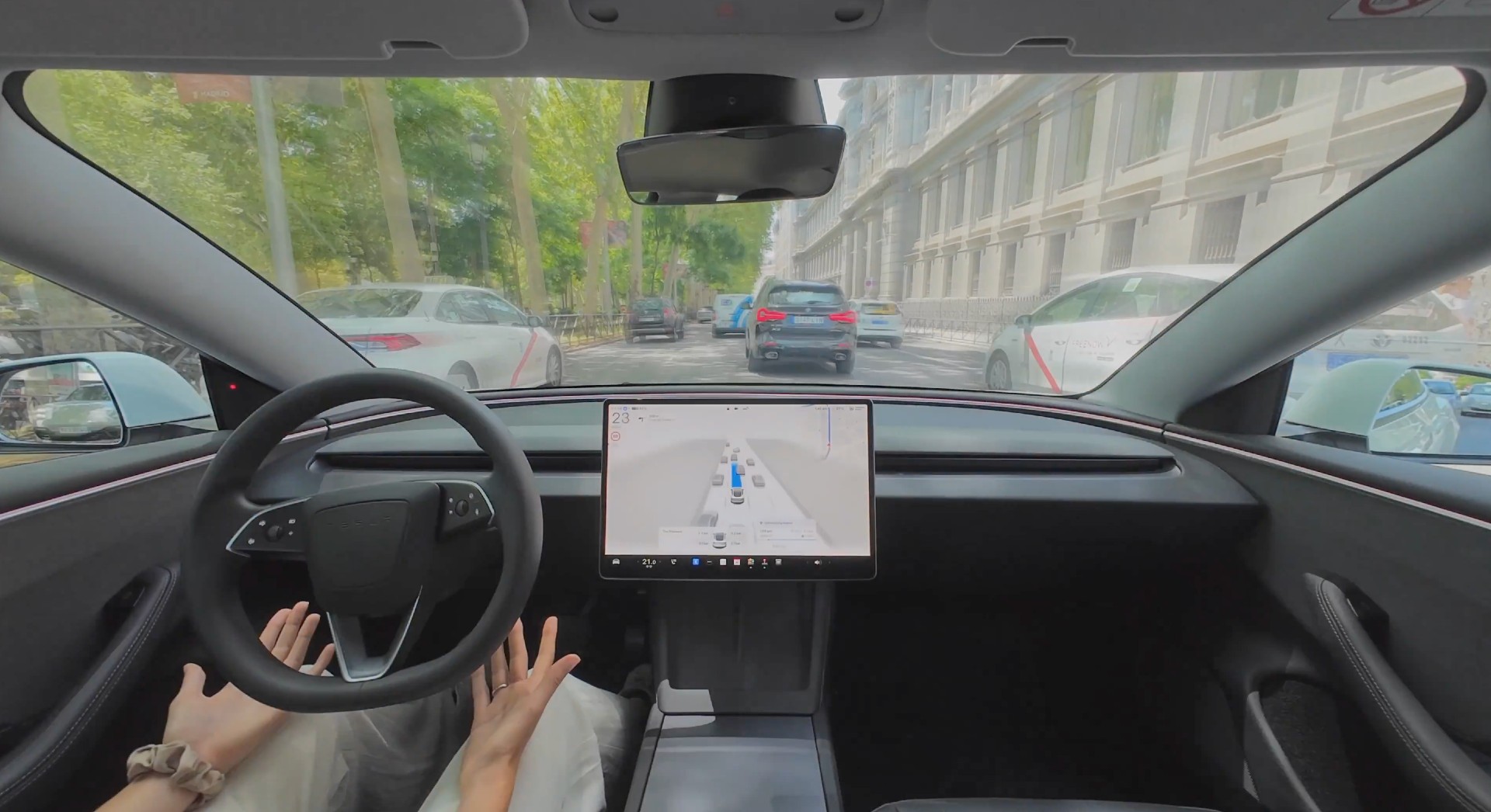

Investor's Corner
Tesla shareholders vote in favor of keeping Elon Musk as Chairman
Tesla (NASDAQ:TSLA) is keeping Elon Musk as chairman of its board. During Tesla’s 2018 Annual Shareholder Meeting, which was held at the Computer History Museum in Mountain View, CA on Tuesday at 2:30 p.m. PST, shareholders ultimately decided to allow Musk to stay as both CEO and chairman of Tesla’s board of directors.
The results of the vote come as a vote of confidence for Musk, who has battled online criticism on a heightened scale since Tesla’s first-quarter earnings call, where he refused to answer inquiries from Bernstein and RBC analysts due to the questions being “boring and boneheaded.” Apart from this, Musk also continues to battle a consistent stream of doubts about Tesla’s ability to meet its ever-elusive Model 3 production goals.
The challenge to Musk’s authority as chairman of Tesla’s board came in April, when shareholder Jing Zhao, who owns 12 shares of the company’s common stock, submitted a proposal calling for Musk’s removal from his chairman post. According to Zhao, Tesla’s growing size, as well as Musk’s commitments to SpaceX and The Boring Company, might cause “conflicts” down the road. Proxy advisers Institutional Shareholder Services (ISS) and Glass Lewis supported Zhao’s proposal.
During the 2018 Annual Shareholder Meeting, however, the initiative to remove Elon Musk as Tesla’s chairman came to an unsuccessful end, as investors opted to keep the serial tech entrepreneur at the head of the company by “more than a super majority vote.”
In a report on Tuesday, analysts from Needham & Co. stated that Tesla’s Annual Shareholder Meeting would ultimately be all about the Model 3’s production ramp rates. The firm, which has a “Hold” rating on Tesla stock, also stated that it expects Model 3 production to turn profitable by 2019. Needham analysts further indicated that Tesla should see a near-term benefit as it starts delivering the Model 3 Performance, which costs $78,000 with all options except Autopilot.
“Margins and average selling price should see some near-term benefit as Tesla starts delivering the Performance version of Model 3 (fully loaded at $78K), but in order to reach the target gross margin of about 25%, the Model 3 needs to sell all configurations including the base model, which won’t come until 2019 at the earliest. Tesla should be able to generate more than $10K/car it sold, and if Model 3 ramps well in the next few quarters, its cash flow will substantially increase.” the analysts wrote, according to a Barron’s report.
Tesla is currently attempting to hit a production rate of 5,000 Model 3 per week by the end of Q2 2018. While the compact electric car’s manufacturing has had its setbacks over the past few quarters, recent reports about the Model 3 line are starting to get more positive. In May alone, Tesla registered a record 18,000 new Model 3 VINs, a number that was matched only by the company’s production of the vehicle from mid-2017 to March 2018.
A leaked email from Elon Musk further revealed that the Model 3 line is now at a consistent rate of 3,500 vehicles per week. By the end of May, reports also emerged stating that Tesla is flying in six airplanes’ worth of new robots and equipment from Europe. These robots, which are reportedly set to be installed in Gigafactory 1, are expected to address further production bottlenecks in the Model 3 battery module line.
As of writing, Tesla stock is trading up 0.16% at $291.14 per share during after-hours trading.
Disclosure: I have no ownership in shares of TSLA and have no plans to initiate any positions within 72 hours.

Investor's Corner
Tesla price target boost from its biggest bear is 95% below its current level

Tesla stock (NASDAQ: TSLA) just got a price target boost from its biggest bear, Gordon Johnson of GLJ Research, who raised his expected trading level to one that is 95 percent lower than its current trading level.
Johnson pushed his Tesla price target from $19.05 to $25.28 on Wednesday, while maintaining the ‘Sell’ rating that has been present on the stock for a long time. GLJ has largely been recognized as the biggest skeptic of Elon Musk’s company, being particularly critical of the automotive side of things.
Tesla has routinely been called out by Johnson for negative delivery growth, what he calls “weakening demand,” and price cuts that have occurred in past years, all pointing to them as desperate measures to sell its cars.
Johnson has also said that Tesla is extremely overvalued and is too reliant on regulatory credits for profitability. Other analysts on the bullish side recognize Tesla as a company that is bigger than just its automotive side.
Many believe it is a leader in autonomous driving, like Dan Ives of Wedbush, who believes Tesla will have a widely successful 2026, especially if it can come through on its targets and schedules for Robotaxi and Cybercab.
Justifying the price target this week, Johnson said that the revised valuation is based on “reality rather than narrative.” Tesla has been noted by other analysts and financial experts as a stock that trades on narrative, something Johnson obviously disagrees with.
Dan Nathan, a notorious skeptic of the stock, turned bullish late last year, recognizing the company’s shares trade on “technicals and sentiment.” He said, “From a trading perspective, it looks very interesting.”
Tesla bear turns bullish for two reasons as stock continues boost
Johnson has remained very consistent with this sentiment regarding Tesla and his beliefs regarding its true valuation, and has never shied away from putting his true thoughts out there.
Tesla shares closed at $431.40 today, about 95 percent above where Johnson’s new price target lies.
Investor's Corner
Tesla gets price target bump, citing growing lead in self-driving

Tesla (NASDAQ: TSLA) stock received a price target update from Pierre Ferragu of Wall Street firm New Street Research, citing the company’s growing lead in self-driving and autonomy.
On Tuesday, Ferragu bumped his price target from $520 to $600, stating that the consensus from the Consumer Electronics Show in Las Vegas was that Tesla’s lead in autonomy has been sustained, is growing, and sits at a multiple-year lead over its competitors.
CES 2026 validates Tesla’s FSD strategy, but there’s a big lag for rivals: analyst
“The signal from Vegas is loud and clear,” the analyst writes. “The industry isn’t catching up to Tesla; it is actively validating Tesla’s strategy…just with a 12-year lag.”
The note shows that the company’s prowess in vehicle autonomy is being solidified by lagging competitors that claim to have the best method. The only problem is that Tesla’s Vision-based approach, which it adopted back in 2022 with the Model 3 and Model Y initially, has been proven to be more effective than competitors’ approach, which utilizes other technology, such as LiDAR and sensors.
Currently, Tesla shares are sitting at around $433, as the company’s stock price closed at $432.96 on Tuesday afternoon.
Ferragu’s consensus on Tesla shares echoes that of other Wall Street analysts who are bullish on the company’s stock and position within the AI, autonomy, and robotics sector.
Dan Ives of Wedbush wrote in a note in mid-December that he anticipates Tesla having a massive 2026, and could reach a $3 trillion valuation this year, especially with the “AI chapter” taking hold of the narrative at the company.
Ives also said that the big step in the right direction for Tesla will be initiating production of the Cybercab, as well as expanding on the Robotaxi program through the next 12 months:
“…as full-scale volume production begins with the autonomous and robotics roadmap…The company has started to test the all-important Cybercab in Austin over the past few weeks, which is an incremental step towards launching in 2026 with important volume production of Cybercabs starting in April/May, which remains the golden goose in unlocking TSLA’s AI valuation.”
Tesla analyst breaks down delivery report: ‘A step in the right direction’
Tesla has transitioned from an automaker to a full-fledged AI company, and its Robotaxi and Cybercab programs, fueled by the Full Self-Driving suite, are leading the charge moving forward. In 2026, there are major goals the company has outlined. The first is removing Safety Drivers from vehicles in Austin, Texas, one of the areas where it operates a ride-hailing service within the U.S.
Ultimately, Tesla will aim to launch a Level 5 autonomy suite to the public in the coming years.
Investor's Corner
Tesla Q4 delivery numbers are better than they initially look: analyst
The Deepwater Asset Management Managing Partner shared his thoughts in a post on his website.

Longtime Tesla analyst and Deepwater Asset Management Managing Partner Gene Munster has shared his insights on Tesla’s Q4 2025 deliveries. As per the analyst, Tesla’s numbers are actually better than they first appear.
Munster shared his thoughts in a post on his website.
Normalized December Deliveries
Munster noted that Tesla delivered 418k vehicles in the fourth quarter of 2025, slightly below Street expectations of 420k but above the whisper number of 415k. Tesla’s reported 16% year-over-year decline, compared to +7% in September, is largely distorted by the timing of the tax credit expiration, which pulled forward demand.
“Taking a step back, we believe September deliveries pulled forward approximately 55k units that would have otherwise occurred in December or March. For simplicity, we assume the entire pull-forward impacted the December quarter. Under this assumption, September growth would have been down ~5% absent the 55k pull-forward, a Deepwater estimate tied to the credit’s expiration.
“For December deliveries to have declined ~5% year over year would imply total deliveries of roughly 470k. Subtracting the 55k units pulled into September results in an implied December delivery figure of approximately 415k. The reported 418k suggests that, when normalizing for the tax credit timing, quarter-over-quarter growth has been consistently down ~5%. Importantly, this ~5% decline represents an improvement from the ~13% declines seen in both the March and June 2025 quarters.“
Tesla’s United States market share
Munster also estimated that Q4 as a whole might very well show a notable improvement in Tesla’s market share in the United States.
“Over the past couple of years, based on data from Cox Automotive, Tesla has been losing U.S. EV market share, declining to just under 50%. Based on data for October and November, Cox estimates that total U.S. EV sales were down approximately 35%, compared to Tesla’s just reported down 16% for the full quarter. For the first two months of the quarter, Cox reported Tesla market share of roughly a 65% share, up from under 50% in the September quarter.
“While this data excludes December, the quarter as a whole is likely to show a material improvement in Tesla’s U.S. EV market share.“








